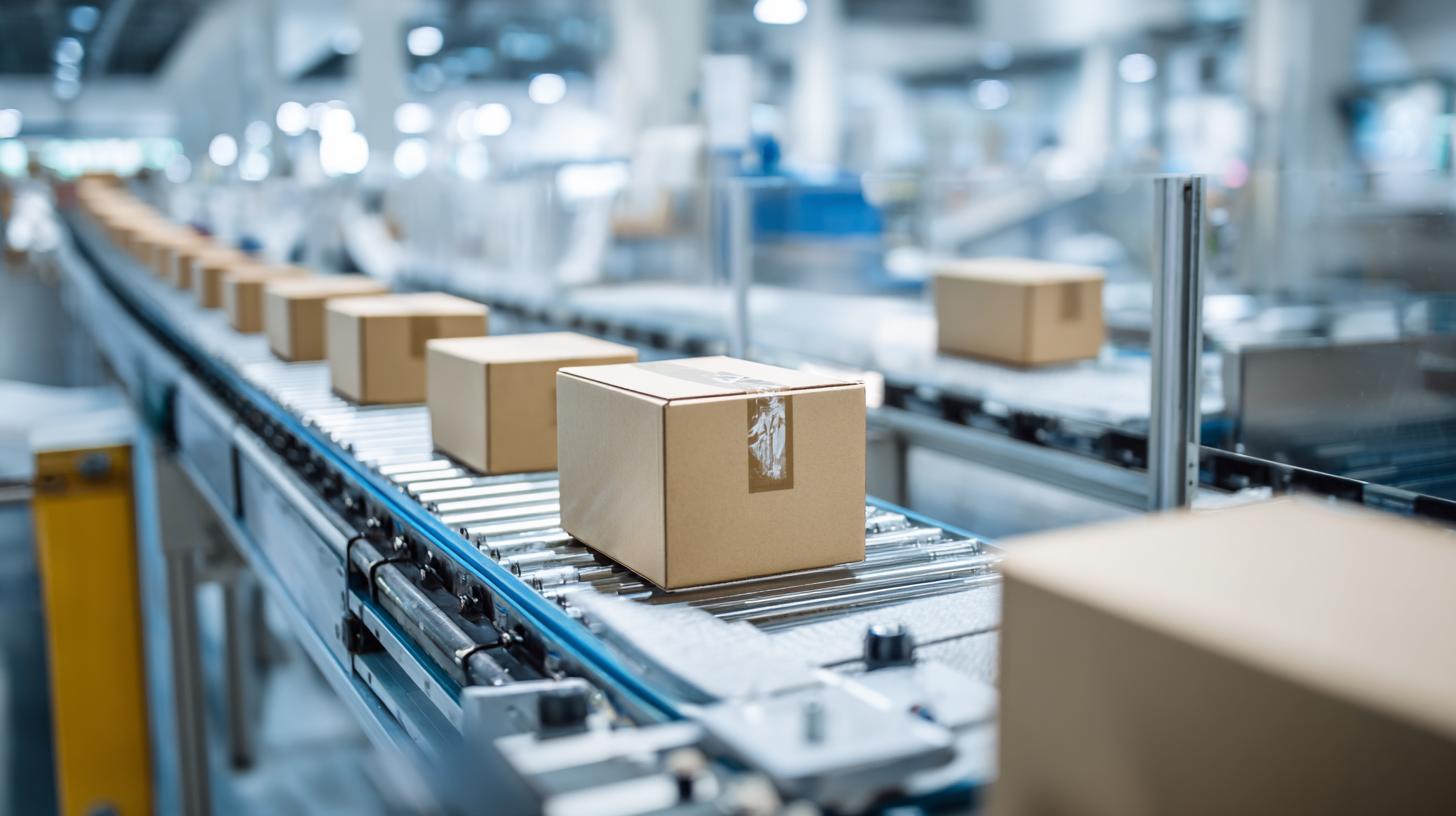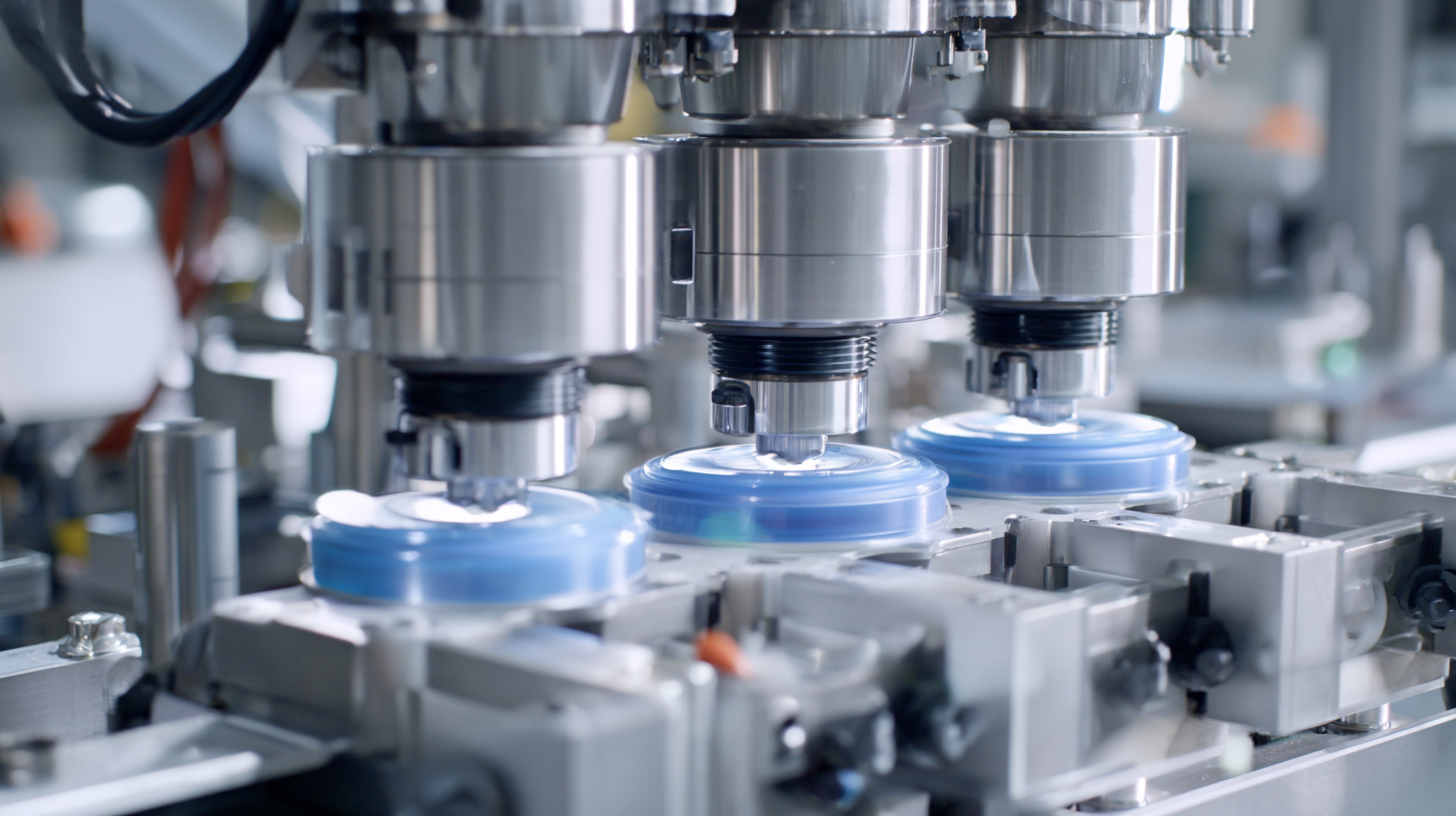Leave Your Message
-
Phone
-
Whatsapp
-
E-mail
Hot Stamping is a groundbreaking technique that is transforming the packaging industry with remarkable efficiency and aesthetic appeal. According to a recent report by MarketsandMarkets, the hot stamping market is projected to grow at an impressive annual rate of 6 percent, driven by increasing demand for innovative packaging solutions in various sectors, including food and beverage, cosmetics, and electronics. This method not only enhances the visual impact of packaging but also improves brand recognition and consumer appeal. By allowing for high-quality metallic and matte finishes, Hot Stamping offers a distinct advantage over traditional printing methods. As brands increasingly prioritize sustainability and unique packaging designs, the adoption of Hot Stamping is expected to further accelerate, making it a vital area of focus for those looking to stay competitive in the evolving marketplace.

Hot stamping is a specialized printing process that enhances the aesthetics and functionality of packaging materials. By using heat and pressure, this technique transfers metallic or colored foil onto a substrate, resulting in eye-catching designs and high-quality finishes. The process begins with the selection of a metallic foil and a custom die, which is heated and applied to the surface of the packaging. This method not only elevates the visual appeal of products but also adds an element of tactile luxury, making it popular in various industries, from cosmetics to food and beverage.
The technology behind hot stamping has evolved considerably, whereby modern techniques incorporate digital and laser technologies to achieve precise results. Additionally, advancements in foil materials have improved adhesion and durability, ensuring that the stamped designs remain intact throughout the product's lifecycle. As sustainability becomes increasingly vital, new eco-friendly foils and processes are emerging, allowing brands to maintain their visual standards while being mindful of their environmental impact. The hot stamping process continues to revolutionize packaging, contributing to a significant market growth, projected at 6 percent annually, reflecting its rising demand among manufacturers seeking innovative solutions to differentiate their products.
| Dimension | Description | Market Growth (%) |
|---|---|---|
| Technology | Thermal transfer of foil onto material | 6% |
| Applications | Cosmetic packaging, labels, gift wrapping | 6% |
| Materials Used | Paper, plastic, cardboard | 6% |
| Benefits | Enhances aesthetics, durability, and branding | 6% |
| Environmental Impact | Recyclable materials and lower waste | 6% |
Hot stamping has emerged as a transformative technique in the packaging industry, offering significant enhancements in both durability and aesthetics. This method involves transferring metallic or pigmented foil onto a substrate using heat and pressure, resulting in vibrant, high-quality designs that stand out on store shelves. The visual appeal of hot stamped packaging is undeniable; it adds a luxurious touch that elevates product branding and attracts consumer attention.
In terms of durability, hot stamping increases the wear resistance of packaging materials. Unlike traditional printing methods, which may fade or wear off over time, hot stamping provides a permanent finish that withstands handling, moisture, and other environmental factors. This enhanced durability not only extends the life of the packaging but also helps maintain the integrity of the product inside, ensuring that it reaches the consumer in optimal condition. Moreover, this technique is versatile and can be applied to a variety of substrates, including paper, plastic, and cardboard, making it a favored choice among manufacturers looking to improve both the aesthetics and functionality of their packaging solutions.

The hot stamping industry is witnessing a remarkable annual growth rate of 6%, a trend driven by its innovative applications across various packaging sectors. This growth reflects an increasing demand for premium packaging solutions that enhance product visibility and brand appeal. Companies are now leveraging the aesthetic advantages of hot stamping to differentiate their products in a crowded marketplace. This technique allows for the application of metallic and holographic finishes, setting products apart and capturing consumer attention.
Tips for businesses looking to incorporate hot stamping into their packaging strategy include:
Hot stamping is increasingly being recognized as a transformative technique in the packaging industry, with applications spanning diverse sectors such as cosmetics, food, and high-end electronics. A recent report from Smithers Pira highlights that the hot stamping market is witnessing an annual growth rate of 6%, driven by the rising demand for visually appealing and durable packaging solutions. Case studies illustrate how brands are adopting this technique to enhance product visibility and customer engagement. For instance, a leading cosmetics company recently launched a line of luxury products using hot stamping to create vibrant, metallic labels, significantly boosting shelf appeal and sales.

In the food sector, hot stamping has proven its worth by elevating packaging aesthetics while maintaining functionality. A major food manufacturer implemented hot stamping on its snack packaging, which not only improved the visual appeal but also provided an additional layer of protection against scratching and fading. According to a report by Allied Market Research, this has contributed to a notable increase in brand recognition and loyalty among consumers. The success of hot stamping across these sectors emphasizes its game-changing role in packaging, highlighting a growing trend towards more sophisticated and eye-catching designs that resonate with consumers on multiple levels.
Hot stamping is becoming a key player in the packaging industry, especially with a projected market growth of 6 percent annually. As sustainability concerns rise, innovations in hot stamping are paving the way for environmentally friendly practices. Manufacturers are increasingly adopting eco-friendly materials and inks that not only reduce waste but also enhance the recyclability of packaging products. These advancements align with global efforts toward minimizing environmental impact, allowing companies to meet consumer demands for greener products.
In addition to sustainability, technological advancements are transforming hot stamping processes, making them faster and more efficient. The integration of automation and digital printing technology is streamlining production lines, reducing costs, and improving precision. This evolution not only enhances the aesthetic appeal of packaging but also broadens its application across various industries, from cosmetics to food and beverage. As companies continue to invest in research and development, the future of hot stamping looks promising, unlocking new potential for innovative packaging solutions that cater to both market demands and ecological responsibilities.
